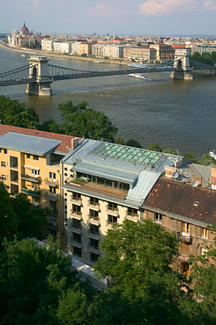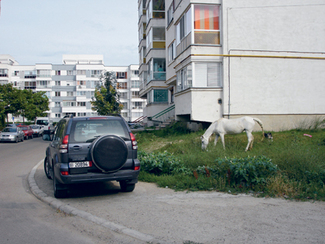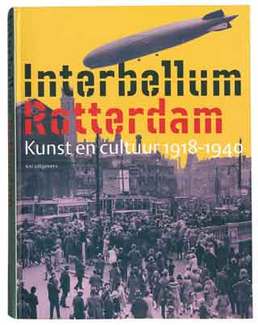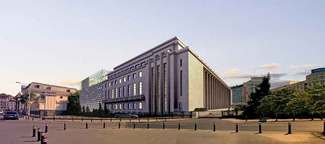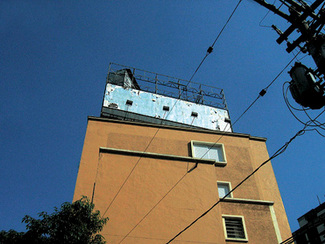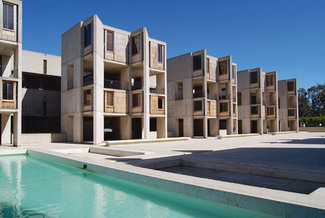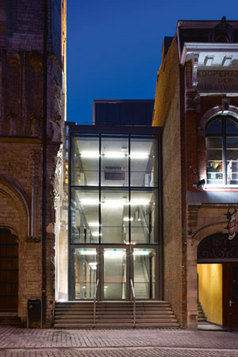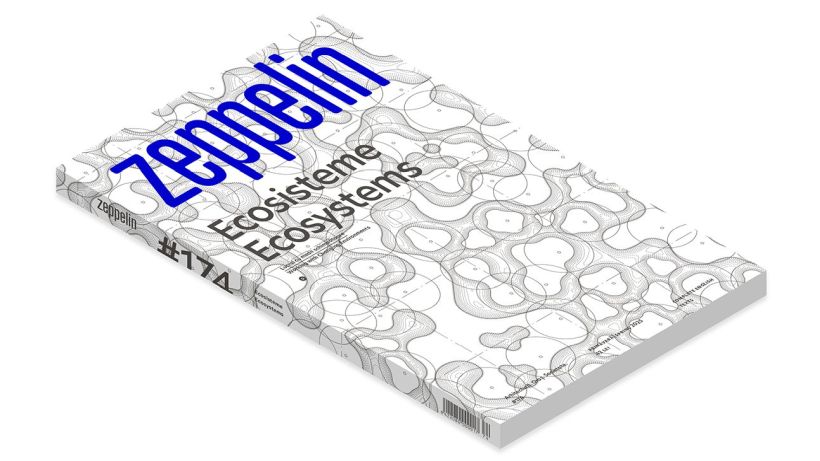Some decades ago any attempt at visiting Almere would have ended up in a fiasco. This is so because the Mecca of architecture, where architects rush to see the first SANAA building in the Netherlands or “the last Christian de Portzamparc” was just an expanse of water, fishermen, and fishing facilities. According to statistics, Almere is the eighth city in the Netherlands in matters of population.
As part of Flevoland province, Almere emerged after the terrain was reclaimed, which happened in early 1968. One of the goals of the new settlement was to create a new urban centre by designing residential areas to release the pressure on Amsterdam and Utrecht, located quite close to it.
- Recommend on FacebookTweet about itPost de: Szabo Levente
I have been more and more certain lately that that kind of progress able to bestow identity on our local architecture should be sought for in experiments. In contrast to regional or magazine-based opinions mainly defined by relations to form and materials, experimental architecture seems to be the real intellectual innovation and fit to be shown abroad; moreover, its chances rely on middle and long-term tendencies to be built in Hungary. Though it is a long-term process and its success is not necessarily spectacular, we should not fail to emphasize it.
- Recommend on FacebookTweet about itPost de: Constantin Goagea
I’m reading an article written by Roberto Segre about the architecture intended for the working class, an architecture that has changed the landscape of the towns only in the twentieth century. Until then, poverty did not have such a great influence on the configuration of urbanity. The article argues and offers the examples of the blocks of flats, which have been developed either by the State, or by private contractors, after the Bauhaus period. The article equals the presence of this type of architecture with poverty. But I envisage this concept in relation to a certain political, economic and cultural context, such as the communist period. The ideologically masked poverty, hidden behind the make-up of the communist egalitarianism, has many angles and aspects that have not been clarified yet.
- Recommend on FacebookTweet about itPost de: Stefan Ghenciulescu & Constantin Goagea
Piet Gerards is something more than a prestigious graphic designer. He sees design as a form of cultural, but also social or political action; it is developing the spirit, not just the language of the historical avant-garde. This interview will reveal both the strictly professional aspects and his responsible and challenging personality.
Interview by Stefan Ghenciulescu & Constantin Goagea
- Recommend on FacebookTweet about itPost de: Architekten Cie
Architectural concept
The extension of the Victoria Palace was the subject of an international design competition. de Architecten Cie have won the first prize. The project integrates the existing and new building into a harmonious and representative ensemble for the HQ of the Romanian government.
The E-shaped layout of the new extension mirrors the footprint of the existing building, organizing the new ensemble around the central courtyards. The new footprint allows a synchronized functional organization and efficient connections in between all levels of the ensemble.- Recommend on FacebookTweet about itPost de: Constantin Goagea
Thank God that good things still happen on Earth. After I have written so many articles against aggressive advertising and against the nonsensical way of dealing with this issue in our country, here is the solution that I personally believe is a real perestroika. In short, the advertising law in Sao Paolo is working and, except for advertisers, nobody seems to notice any of its shortcomings; on the contrary, it is one of the most popular and the most publicly supported laws anyone has ever heard of.
- Recommend on FacebookTweet about itPost de: Cosmin Caciuc
Undoubtedly, there are three basic reasons why the Salk Laboratories are worth travelling 11,000 km, to the “end” of the western world, in La Jolla. The first one concerns the professional need of direct experience of an architectural masterpiece designed by Louis Khan in 1959-1965; it has indeed a deep spiritual meaning that cannot be captured from pictures or narratives and what is more, the prevailing geological and geographical landscape seems to make it a prisoner of trans-historic or cosmic eternity being thus unreachable by social and cultural changes.
- Recommend on FacebookTweet about itPost de: Bogdan & Van Broeck Architects
When the distorted image of a straight beam is not an issue. Extension and reorganization of the Catholic University of Louvain
How to propose a contemporary intervention in a historical context? How to highlight an old building without reproducing it and without hiding the new construction? The answer
is maybe what we call “Escher architecture” (we are thinking about his work Print gallery): an outside space that becomes an inside space.- Recommend on FacebookTweet about itPost de: Constantin Goagea
1900 and afterwards…
… when Primo Pari was living the mirage of the automobile culture. It was that very time of racing cars being born, of automobiles increasingly being part of life in the cities. Somewhere, actually nowhere, where his house is placed, popping up in the dust of a curve, a certain count Ambrosio tries to convince Florence Pari to let her husband be his partner in racing, as deadly then as they are now. A black and white sequence in which Ambrosio charges: “Florence, please, do learn this by heart: if you love somebody who loves you don’t every take his dreams away”. And Florence replies: “I think this is a great line in a book, except life is more complicated; however, I accept him to be with you in racing for a reason I will not declare to myself and for all of us to keep our composure.”
- Recommend on FacebookTweet about itPost de: Alex Axinte, Cristi Borcan
The sparrows tree
Listen to what you seeIn an urban setting filled with wire and cables hanging from posts bent over welded fences, imprecisely stuck among broken tiles and cracked pavement, along coloured panels, iron sheets and trestles connected by pavement chains, tens of phone cabins sort of melt until getting transparent. Abandoned carcases, increasingly turned futile, outdated by the technological progress, an urban species on the stage of extinction, phone cabins are all bundled into a lumber of small things currently called the public space of Bucharest.
- Recommend on FacebookThis website uses cookies to improve your experience. We'll assume you're ok with this, but you can opt-out if you wish.Accept Read MorePrivacy & Cookies Policy
Privacy Overview
This website uses cookies to improve your experience while you navigate through the website. Out of these, the cookies that are categorized as necessary are stored on your browser as they are essential for the working of basic functionalities of the website. We also use third-party cookies that help us analyze and understand how you use this website. These cookies will be stored in your browser only with your consent. You also have the option to opt-out of these cookies. But opting out of some of these cookies may affect your browsing experience.Necessary cookies are absolutely essential for the website to function properly. This category only includes cookies that ensures basic functionalities and security features of the website. These cookies do not store any personal information.Any cookies that may not be particularly necessary for the website to function and is used specifically to collect user personal data via analytics, ads, other embedded contents are termed as non-necessary cookies. It is mandatory to procure user consent prior to running these cookies on your website.

.jpg)
